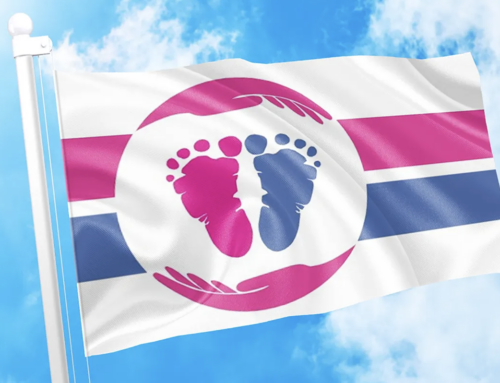Contrary to what the Toronto Star would have its readers believe, the Netherlands’ experiment with euthanasia has been an outright failure.
The situation in Holland is now so bad that the Dutch Minister of Health is proposing that doctors who refuse to euthanize their patients should lose their licences.
Dr. Karl Gunning, former assistant secretary of the Royal Dutch Medical Association and President of the World Federation of Doctors who Respect Human Life, recounted this and other startling developments on his recent speaking tour of North America.
Gunning was in Canada from the Netherlands to present a brief to the Special Senate Committee on euthanasia and Assisted Suicide.
:A broad gulf exists between not killing and killing. However, once this gulf is crossed, killers have a blank cheque and everything becomes acceptable,” said Dr. Gunning. This gulf, he feels, has been crossed first with abortion and now with euthanasia.
In the beginning, Gunning said, euthanasia was applied to handicapped babies. Nest mentally ill people were targeted and now almost anyone with any sort of physical or psychological condition seems a candidate for euthanasia.
A movement by euthanasia apologists is now afoot to discount the euthanasia horror stories emanating from Holland. They say these stories are exaggerated, rare or anecdotal.
Gunning counters that many of the cases are true. People, he says, are being killed without explanation or consent. Because doctors know that they will not be charged, the safeguards in place to protect the patients can be easily ignored. Also, no doctor will testify against another and so there is a feeling of invulnerability in the profession.
According to Gunning, this has led to almost 20,000 deaths by euthanasia every year in Holland – 12,000 of which are involuntary. Euthanasia now accounts for 16% of all deaths in Holland each year.
A recent inquiry into old age homes suggests that over 90% of elderly patients are afraid they will be euthanized against their will. V abhors this statistic and the one which says the majority of Dutch are so numbed that what is going on in their country does not shock them.
He notes that it may be impossible to stop the practice now that it has begun. His only hope is that the hospice movement, which is so prevalent in England that euthanasia isn’t ever an option, will catch on in the Netherlands. Palliative care is pain control which isn’t expensive or high-tech and takes the patient’s physical and personal needs into account.
English palliative care pioneer Cecily Saunders suggests that in almost every case, pain can e controlled without the patient suffering unbearable side-effects. Palliative care volunteers shop for patients, clean their house, read to them, watch their children, etc. This guards against possible loneliness or depression that patients might feel.
As palliative care becomes increasingly available, there will be less demand for euthanasia. “Instead of killing the suffering patient, we should learn to dill the suffering,” suggests Gunning.
Dr. Gunning cites three cases which illustrate the seriousness of the situation.
- A woman from Germany was born with spina bifida. She survived the war by hiding from Nazi doctors who euthanized anyone with a physical disability. Having made it through the war, she moved to Holland where she once again becomes a target for euthanasiasts.
- An ailing Englishman is hospitalized during a weekend excursion to Holland. Before any family is contacted, the Dutch medical staff on duty decides to euthanize him. The man’s son is enraged and is now looking into suing the hospital.
- A woman with lung cancer is having problems breathing but, fearing for her life, will not check into hospital. Her physician assures her he will look after her while she is in hospital. Under his watchful eye, the woman’s breathing problems lessen and her physician decides she may be discharged. He goes to visit another patient but while he is away another doctor comes by and signs a euthanasia order sheet. The physician returns only to find that his recovering patient is no longer alive. “we needed the (rest of article not found..)



